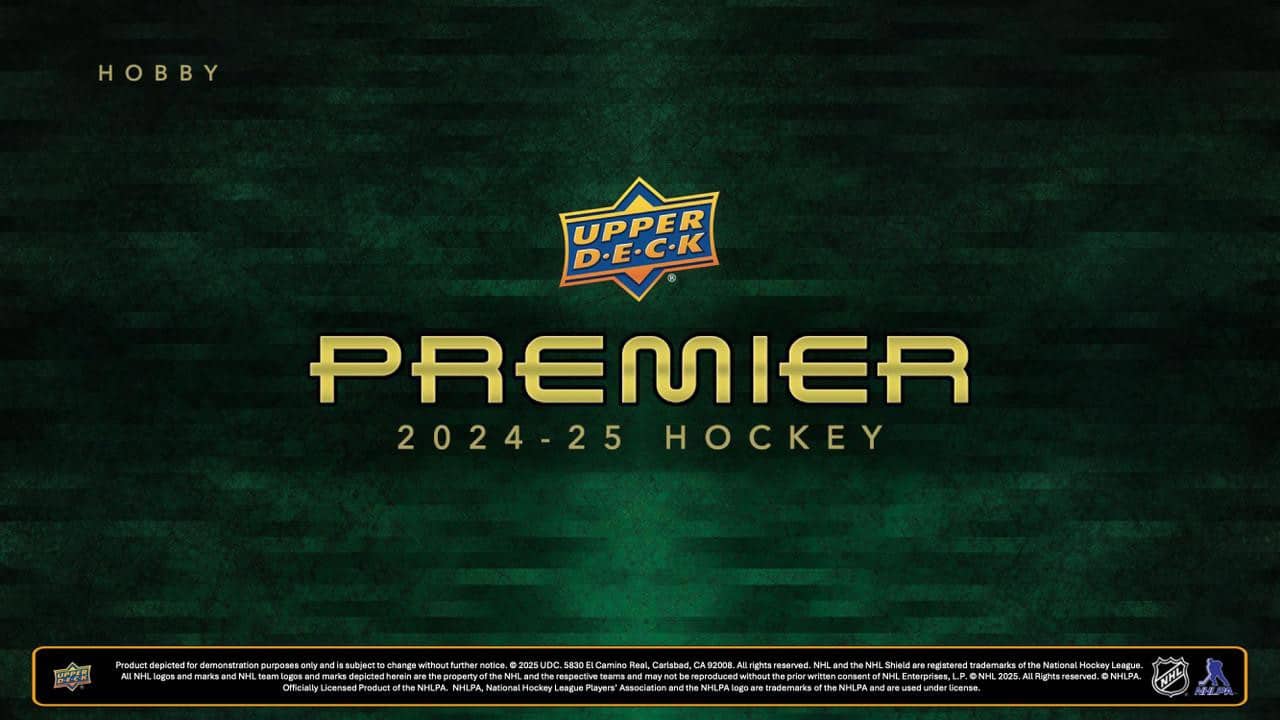

In January 2025, Professional Sports Authenticator (PSA) made a subtle update to its website that would significantly impact the sports card collecting industry.
The change involved clarifying centering requirements for card grading, specifically the 55/45 standard for top-tier grades.
At the center of this development was Nat Turner, CEO of Collectors Universe, whose statements about the company’s grading standards would soon become a focal point of industry discussion. This is the story of how PSA’s centering standards changed silently.
Currently, go on the PSA website. You will see the following standards: “A PSA 10, considered a “Gem Mint” grade, signifies a virtually perfect trading card with no discernible flaws, meaning it must have sharp corners, no staining, a perfectly centered image, and no visible flaws under magnification; typically, the front of the card should be centered within a 55/45 to 60/40 percent tolerance, while the back should be centered around 75/25 percent.”
But that did not used to be the case. PSA wiped their website clean, so you can no longer see the old standards.
But if you use the Wayback Machine, you can see that the centering issue used to be different. It once said, “The image must be centered on the card within a tolerance not to exceed approximately 55/45 percent on the front and 75/25 on the reverse.”
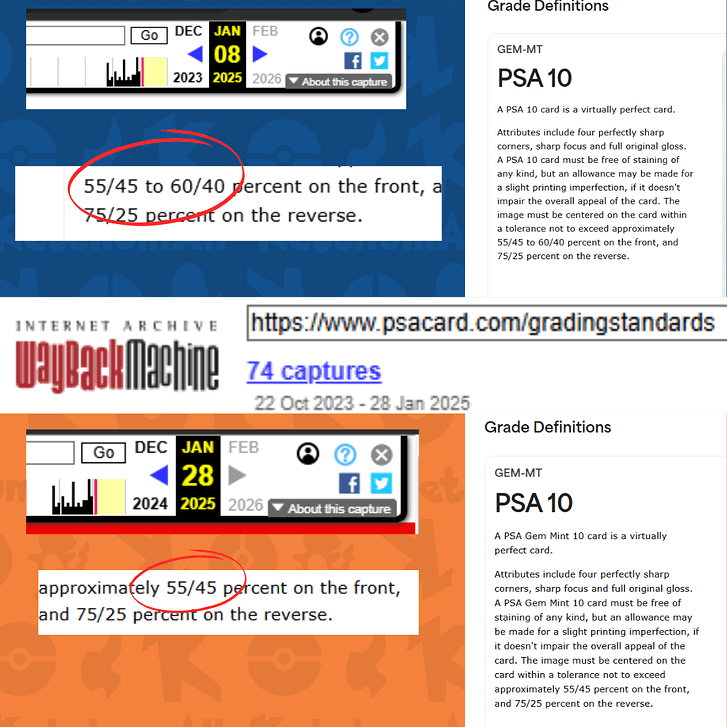
That was a significant change, and it came with no announcement whatsoever.
PSA’s grading standards have significantly evolved since the company’s founding in 1991. Initially, the grading process was relatively subjective, with considerable variation in how cards were evaluated. By the early 2000s, the company had developed a more structured 10-point grading scale, but inconsistencies remained prevalent.
The 2010-2015 period marked a critical transition. As the collectibles market expanded, PSA began implementing more rigorous standardization efforts. In 2013, the company introduced more detailed subgrade criteria, breaking down card evaluation into four key components: centering, corners, edges, and surface condition. This move was designed to provide more transparency and consistency in grading.
The 2020 pandemic-driven collectibles boom created unprecedented challenges. Submission volumes increased exponentially, significantly damaging PSAs grading infrastructure. During this period, anecdotal evidence suggested inconsistent grading practices, with some collectors noting substantial variations in grade allocation for seemingly similar cards.
By 2022, internal pressures and market criticisms prompted PSA to begin a quiet recalibration of its grading standards. While publicly maintaining its process remained unchanged, the company systematically tightened its evaluation criteria. The 55/45 centering requirement, which would become public in January 2025, had been informally implemented during this period.
Nat Turner, who became CEO of Collectors Universe in 2021, consistently emphasized the company’s commitment to transparency. “Our grading standards are the backbone of our reputation,” he would state in investor calls and industry conferences. Yet, the January 2025 website update would reveal a more nuanced reality – a complex landscape of standards silently evolving for years.
The upcoming revelation would challenge PSA’s carefully cultivated narrative of consistency, exposing the intricate behind-the-scenes adjustments that had been shaping the collectibles market. It goes against everything Nat Turner says he stands for.
Forum discussions and collector testimonials began to paint a picture of systematic change. On platforms like Blowout Cards and Reddit, collectors shared increasingly frequent stories of unexpected grade variations. What initially seemed like random inconsistencies began to form a pattern—a deliberate tightening of standards occurring beneath the surface of public perception.
The first hints emerged in online collector forums. Blowout Forums, Reddit’s collecting communities, and specialized platforms like Net54 Baseball began noticing subtle shifts. Cards that would have easily secured a PSA 10 were now falling short. Vintage cards, in particular, seemed to face unprecedented scrutiny.
Now that the change has been made official, many of the customers’ previous suspicions have begun to make more sense. Nat Turner is known for actually answering his DMs. Good for you, Nat!
He also seems to be quite honest in his assessment of them. Therefore, when asked about this situation by collectors, he answered!
When a collector on EliteFouRum asked, “Were there any changes in the standards for centering? People have noticed that the verbiage for the PSA 10 standard has removed mention of 60/40 on the front. It now states ‘not to exceed approximately 55/45 percent on the front.’ Nat replied to this with, “No change in day to day. Just updated the language on the website. That is how we have been operating for a very long time, so it needed updating.”
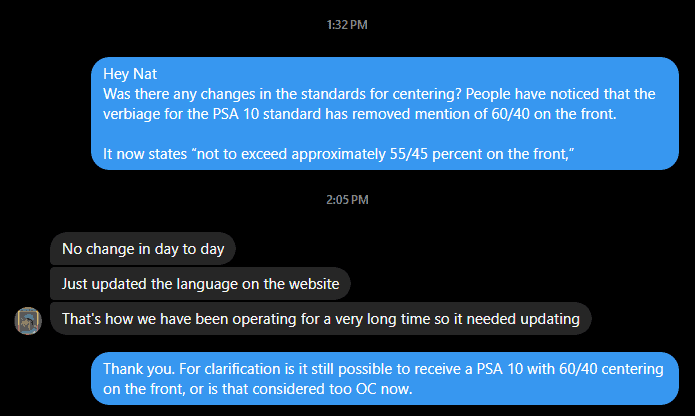
There is also plenty of bitterness now among collectors. EliteFourRum wrote, “If they are making changes to the grading standard, then they should send out an email to inform all the members or make a public statement. I know that might not look good, but this looks even worse.
This is a complete lack of transparency. Nat Turner or Ryan Hoge always preached applying consistency in their grading standard, so if they change it, then they need to announce it.”
PSA finally gave an official announcement of it on X which also made it clear that PSA had been using the 55/45 standard in the past and had for quite awhile.
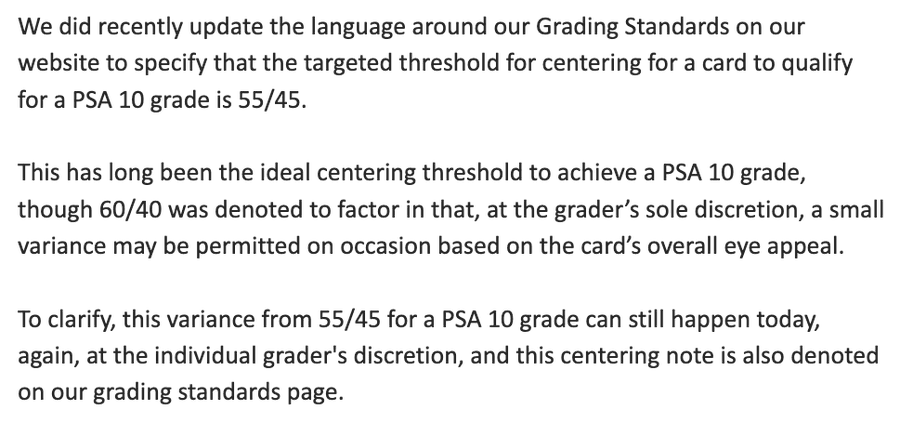
This wasn’t just a PSA problem. It exposed deeper, more systemic issues in the collectibles authentication industry: a lack of independent oversight, opaque grading processes, and a fundamental misalignment between published and actual standards. The foundation of trust in the collecting world had been called into question.
Collectors who had spent years building collections based on what they believed were consistent standards now found themselves questioning everything. The trust fundamental to the hobby had been fundamentally compromised, like a carefully constructed building suddenly revealing its structural weaknesses.
Therefore, there may be legal implications here. Collectors have meticulously prepared submissions for years, only to discover that the rules have changed silently, without warning. You could make a case that the expectations until now had been fraudulent.
After all, people believed they had a much better chance of getting a PSA 10 than they did. They submitted cards with little chance of getting the grade under false assumptions.
The evidence is circumstantial and partial but compelling. The PSA 10 population has experienced a significant contraction. Over the past three years, it has increased by only 8%, despite the total graded population more than doubling.
Historical grade rate comparisons provide stark evidence of the tightening standards. A comprehensive study by Powers Sports Memorabilia documented a precipitous decline in PSA 10 rates:
Simultaneously, the PSA 9 rate increased from 30.82% to 53.08% in the same period.
Another source from Soccer Cards Rock provided additional context, noting that out of 704 mint cards, only 328 achieved a PSA 10 grade—a significant drop to approximately 45%.
Collector forums have documented the practical impact. On Blowout Forums, one collector reported a dramatic reduction in their “gem rate” – previously achieving 60-75% PSA 10 grades but recently experiencing only a 29% success rate.
The Elite Forum discussions corroborated these findings, with multiple collectors reporting rigorous returns in 2024. Critically, Blockapps noted that any microscopic flaw can now be enough to drop a card’s grade, with perfect centering becoming an increasingly critical factor.
These empirical data points collectively suggest a systematic tightening of PSA’s grading standards, which could potentially have significant implications for collectors and the trading card market.
Legal experts examining the potential implications of this could have a case. The key legal considerations included:
In the high-stakes world of card collecting, documentation is your shield. Photograph every card from multiple angles before submission, creating a digital archive that captures precise details: set, year, player, submission date, and expected grade.
Your smartphone is now a forensic tool, preserving evidence crucial if grading discrepancies emerge. Think of this as building a legal case where every pixel could protect your investment.
Professional Sports Authenticator (PSA) maintains specific, rigorous grading standards that collectors must understand. A Gem Mint 10 isn’t just a perfect card—it has four razor-sharp corners, impeccable focus, full original gloss, and near-perfect centering (55/45 to 60/40 on the front).
Collectors should download and archive PSA’s official grading guidelines, creating a personal reference that allows you to compare and potentially challenge any unexpected grade shifts. Knowledge isn’t just power—it’s potential financial protection in this market.
When significant value is at stake, consider specialized legal consultation. Seek attorneys who understand collectibles law and can navigate the nuanced world of sports card authentication. California law, for instance, requires full disclosure of any card alterations, providing a legal framework for collectors.
Maintain comprehensive submission records, photographic evidence, and all correspondence with grading companies. Your goal: create an unassailable paper trail that demonstrates due diligence and protects your collection’s potential value.
PSA’s new 55/45 standard is a wake-up call for every collector. Your first move? Get brutal with your pre-grading inspection. If you’re looking at a modern card and can spot any centering issues without a magnifying glass, it will probably not hit that PSA 10 anymore.
The days of “maybe it’ll squeak through” are over. Start with a small test batch of your best cards to learn the new baseline before risking more prominent submissions.
But here’s where it gets interesting – you’ve got options. BGS is known for stricter grading standards, particularly for their coveted Black Label, while CGC has built a reputation for being especially strict on centering.
SGC has earned profound respect for vintage cards, with some collectors considering them superior to PSA for older cards. Smart money says to spread your submissions based on what you’re grading: BGS for perfect modern cards where you want sub-grades, SGC for vintage, and PSA for cards where market value is the primary concern.
The money side is crucial, too. Those borderline cards that used to be worth gambling on for a PSA 10? They’re now solid 9s, so adjust your service level accordingly. PSA’s Value service starts at $20 per card, making it perfect for testing the waters.
For vintage cards, you’ve got more wiggle room on center, but don’t get cocky – the overall standards are tightening across the board. Remember, each grading company has its sweet spot: BGS typically commands higher prices for perfect modern cards, while PSA still dominates the vintage market. Your job is to match each card to the grader that’ll give you the best return on investment.
The PSA standards saga isn’t just about centering measurements or grading criteria – it’s about trust. What started as a quiet website update has exposed the fault lines in an industry built on handshakes and assumptions.
The collecting community’s response has been clear: transparency isn’t a luxury, it’s a necessity. Whether PSA’s “clarification” was a long-overdue truth or a carefully orchestrated shift, one thing is certain – the days of blind faith in grading companies are over.
For collectors, the path forward is clear: document everything, grade strategically, and diversify across grading companies. The market will ultimately decide whether PSA’s new standards represent a needed correction or an overcorrection. But perhaps the most important lesson isn’t about centering at all – it’s about the power of an engaged collecting community that refused to let standards shift silently in the night.
The future of card grading won’t be built on whispered changes and forum speculation. It will be built on hard data, clear communication, and most importantly, the demanding voices of collectors who understand that in the end, standards mean nothing without transparency.
Ripping the new Topps All Star Game mega box.
Is this new sports card store the BEST VALUE around?
I Tested eBay Auction Promotions So You Don’t Have To!
I deep-dove on Fanatics Collect so you don't have to (but should you?)
Panini is launching a WNBA Product at $30,000!?
Topps Chrome 2024-25 Basketball: Honest Review and Notes
Did you know this SECRET about PSA slabs? #sportscard #tcg
5 EASY tips to make more money on eBay sports cards.

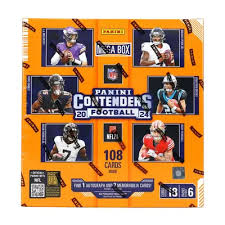
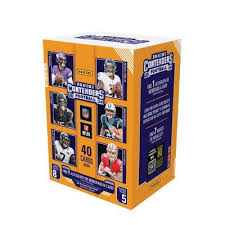
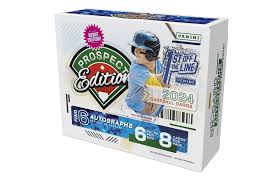


2022 Topps Heritage Baseball Blaster Box Configuration: 7 Packs per Box – 9 Cards per Box. Plus 1 extra pack.



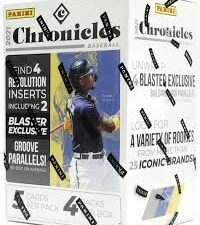

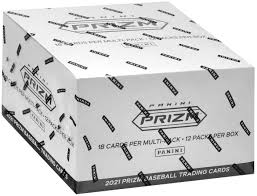




Keep up on breaking Sports Card News, our latest articles, product specials and exclusive content with expert analysis of hobby trends.

© Copyright 2025 - All rights reserved Cardlines.com / Media Techs LLC - Sports Card News, Reviews, Releases and BREAKS - #thehobby.
Important: When you click on links to various merchants on this site and make a purchase, this can result in this site earning a commission. Affiliate programs and affiliations include, but are not limited to, the eBay Partner Network.
2025 Topps All Star Game Mega Box Product Review
Cardlines July 4, 2025 11:42 am